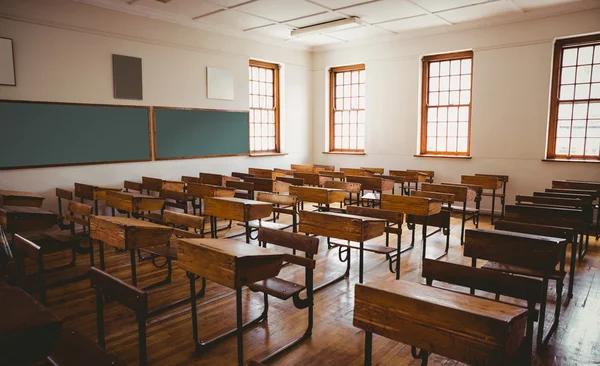Learning environments play a crucial role in student success. They not only provide the physical and digital spaces where learning occurs but also significantly influence students’ motivation, engagement, and achievement. A well-designed learning environment can foster a positive culture of learning, promote active participation, and facilitate effective teaching strategies.
One of the primary impacts of a conducive learning environment is that it enhances student engagement. When students feel comfortable in their surroundings, they are more likely to participate actively in class discussions and activities. This active participation facilitates deeper understanding and retention of knowledge. Learning environments that incorporate technology can further augment this engagement by providing interactive platforms for discussion, collaboration, research, and presentation.
The design of the physical space can also have profound effects on student success. Research has shown that classrooms with natural light, good acoustics, appropriate furniture arrangement for group work or individual study contribute to improved academic performance by reducing distractions and promoting focus. Furthermore, flexible classroom designs that allow for movement between different activity zones can cater to diverse learning styles and needs.
Beyond the physical aspects of the environment is its psychological dimension – how safe and inclusive it feels for every learner. Students thrive in environments where they feel respected and valued irrespective of their backgrounds or abilities. A supportive teacher-student relationship fosters trust which leads to increased motivation among students to learn.
In addition to traditional classroom settings, online learning environments have become increasingly prevalent due to technological advancements as well as recent global events such as the COVID-19 pandemic forcing education into virtual spaces out of necessity. These virtual classrooms offer unique benefits such as personalized pace-of-learning options but come with their own set challenges like maintaining student attention span amidst potential home-based distractions.
Moreover, incorporating real-world contexts into these environments makes them more relevant thus enhancing students’ interest levels while fostering critical thinking skills necessary for problem-solving beyond academics; hence preparing them better for future career paths.
However creating an optimal learning environment isn’t solely about having state-of-the-art facilities or the latest technology. It is about fostering a culture of respect, inclusivity, collaboration, and adaptability that encourages students to take ownership of their learning journey.
In conclusion, the impact of learning environments on student success cannot be underestimated. They shape not only academic outcomes but also attitudes towards learning and personal development. Therefore, educators must prioritize creating conducive physical and digital spaces for teaching and learning while promoting a positive psychological environment that supports every student’s unique needs and potential.




